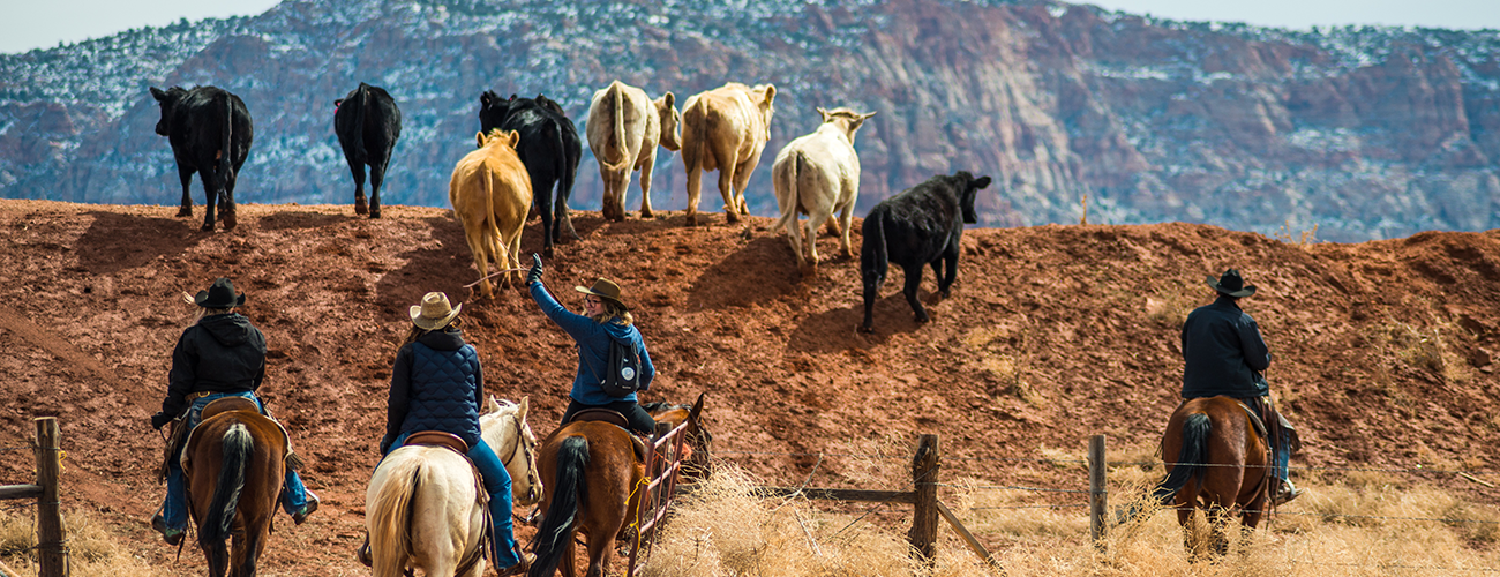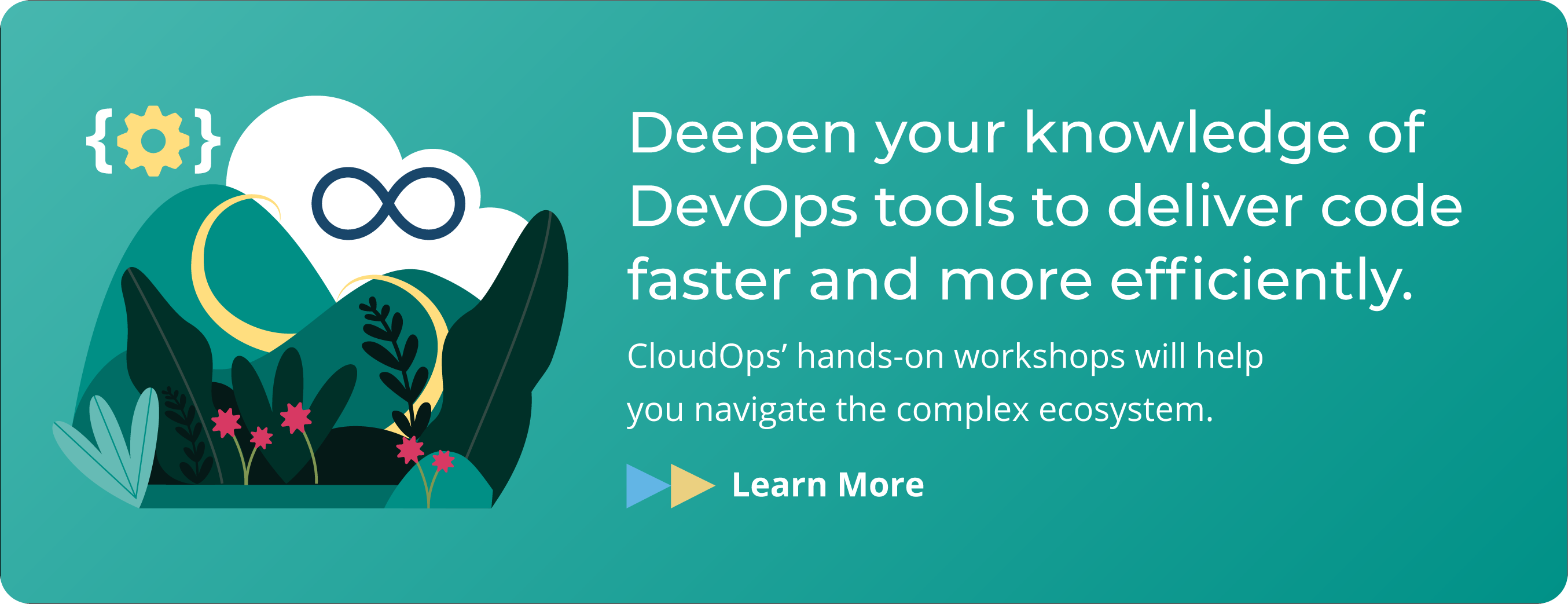Rancher: An Open Source Platform for Cloud Native Applications

Rancher is a container management platform that helps DevOps teams adopt Kubernetes in a simple and scalable manner. It does so by offering a complete software stack that simplifies and enhances the process of managing Kubernetes clusters across multiple cloud environments, whether public, private or bare metal. Rancher is an open source platform built on Kubernetes that supports cloud-native applications.
Ultimately, the goal of Rancher is to help technology leaders leverage the cloud and DevOps to quickly bring products to market as part of digital transformation. The recent release of Rancher 2.5 expands on an already robust platform, providing a slew of new features. Rancher can help many kinds of organizations accelerate their cloud-native strategy, but it is particularly useful in three kinds of use cases.
1. Multi-Cluster Management for Edge Deployments
A recent survey predicted the global edge computing market will grow from USD 3.6 billion in 2020 to USD 15.7 billion by 2025. Alongside a growing demand for IoT, Rancher is hoping to specialize in helping organizations operate Kubernetes both at large scale and in edge computing settings. Rancher 2.5 streamlines the delivery of Kubernetes from data center to cloud to edge.
Rancher does a phenomenal job of managing interactions with multiple clusters, so DevOps teams can connect hundreds of different clusters with the press of a button. These capabilities have been enhanced in Rancher 2.5 with the integration of a Continuous Delivery feature powered by the open source Fleet project. With Continuous Delivery, users can store and manage application and Kubernetes resource configurations with Git repositories. Rancher 2.5 lets organizations scale their multi-cluster management to edge locations.
2. Accessibility for Hybrid- and Multi-Cloud Deployments
In multi-cloud architectures, applications live in different clouds and each workload is customized to the cloud that most suits its use case. After realizing that no single cloud offers it all, most organizations are now actively pursuing multi-cloud strategies and therefore in need of platforms that work well on many different clouds. Kubernetes is being democratized and must work in both small- and large-scale developments.
With the 2.5 release in October, Rancher is installable on any certified Kubernetes cluster. In particular, it facilitates the management of Amazon EKS clusters through full lifecycle management of EKS clusters. This includes node management, rolling upgrades, advanced observability CIS (Center for Internet Security) benchmarking, push-button Istio service mesh, integrated OPA Gatekeeper and simplified autoscaling. As Rancher becomes more accessible to different clouds, Rancher’s platform is being widely deployed by a broad range of enterprise and cloud-native companies running large-scale clusters in multi-cloud architectures.
3. Centralized Visibility for DevOps Teams
Rancher allows developers to quickly deploy containerized applications while keeping operators in full administrative control. This is because it offers a simple, single entry point into Rancher and the wider Kubernetes ecosystem. DevOps teams can access monitoring, alerting, logging, security scanning, service mesh and persistent storage through a single pane of glass. They can import, provision, inspect and manage potentially tens of thousands of clusters in multi-cloud and edge scenarios from one place. Users can also more easily manage workflows with Rancher 2.5’s cluster dashboard. Its comprehensive application catalog provides single sign-on and app management. By offering centralized visibility and control, Rancher empowers both developers and operations teams to quickly gain operational value.
The cloud-native landscape is vast and full of competing and overlapping solutions. CloudOps is cloud and tool agnostic but opinionated. We know we serve our customers best with a mix of open source and proprietary tools, and we have partnered with various industry leaders to create full-stack technology solutions that can be replicated across different platforms and adapted to unique requirements. With expertise in a variety of cloud providers and platforms, we include Rancher in our toolbox of best-of-breed solutions.
To learn CloudOps helps organizations build and operate cloud native technology stacks, read our white paper 'Securing Your DevOps Platform'.

